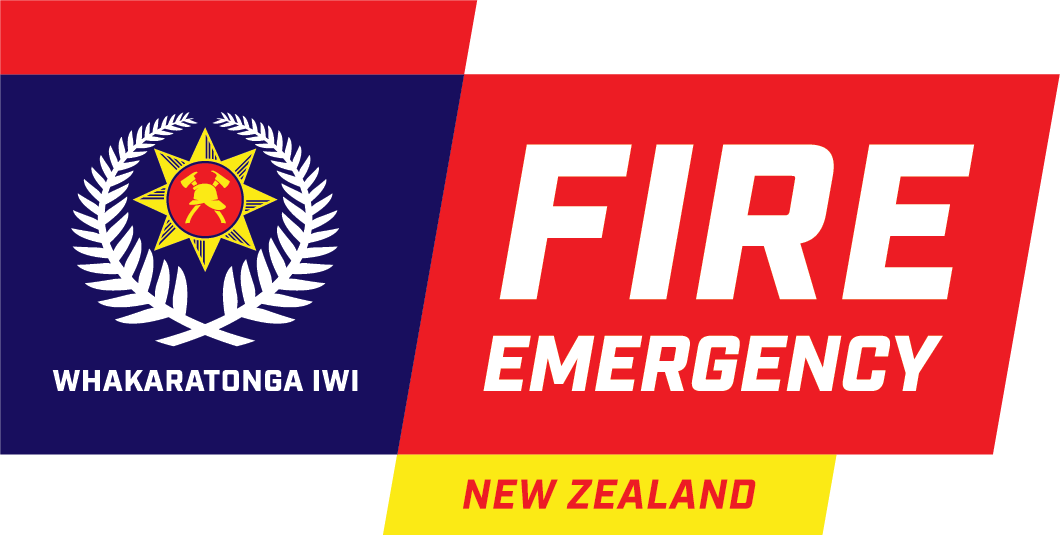Third deployment to Canada is an inter-agency effort

Last week, Fire and Emergency’s third deployment of firefighters left Aotearoa bound for Canada.
This third deployment landed in the country as our first deployment were demobilising. Our first deployment team are now on their way home to Aotearoa after completing a month of hard mahi (work) supporting our Canadian colleagues. The second deployment of 21 firefighters remains in Canada, having left New Zealand on 7 June.
"I want to thank those firefighters for their mahi (work) in Canada, and also their friends and families for supporting them in being able to deploy and holding down the fort back home while they have been away," Fire and Emergency Deputy National Commander Steph Rotarangi says.
While Fire and Emergency is supplying 12 firefighters to Alberta and two shadow Incident Controllers to British Columbia in the 24-strong contingent, this third deployment will also feature five firefighters each from the Department of Conservation (DOC) and Forestry Protection Services (FPS).
Steph Rotarangi says this inter-agency co-operation is an important feature of many New Zealand wildfire firefighting efforts, whether that be domestic or international.
"We often work closely with DOC and forestry industry crews during domestic wildfires, and this has also been the case with previous international deployments.
"This joint approach allows us to share knowledge and this international deployment will allow us to bring new knowledge to the collective approach to fighting wildfires in New Zealand."
The two shadow roles are also important to continue developing Fire and Emergency’s wildfire capability.
The purpose of sending these people is for them to gain experience in an Incident Management Team (IMT) at large complex wildfire incidents. They will be shadowing a Type 1 Incident Commander, which in a New Zealand context relates to a Level 3 Incident Controller at a National wildfire incident - the highest level of wildfire we have.
Steph Rotarangi says these two people will be able to bring back a greater understanding of managing a large-scale wildfire.
"Due to the effects of climate change, we are expecting to see more severe wildfires in New Zealand in the future.
"Having the capability to effectively manage such events is important for us to have going forward."
Canada’s wildfire preparedness level remains at 5 - Extreme. Across the country there are 410 active fires, with 198 of those deemed "out of control".
At the time of writing, in Alberta where most of this deployment will be situated, there are 73 active wildfires: 13 are out of control, 26 are being held and 34 are under control.
